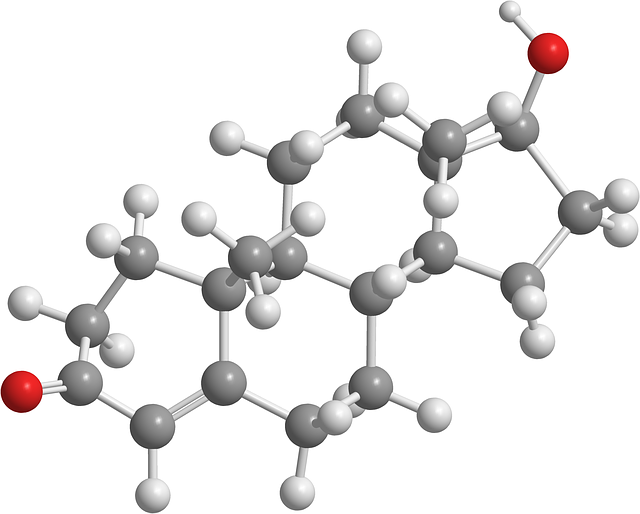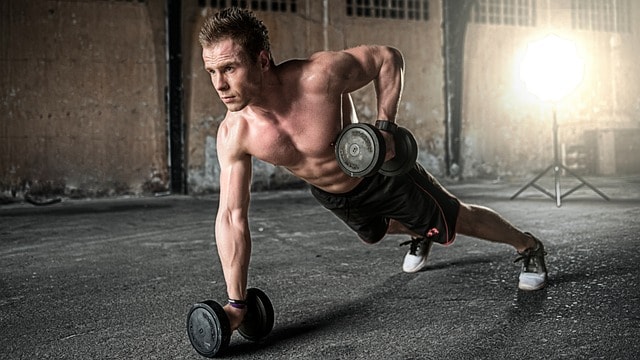
Testosterone cycles are a central component in the regimen of many bodybuilders aiming to maximize muscle mass, strength, and overall physical performance. Testosterone replacement therapy (TRT) is also relevant, especially for bodybuilders with clinically low testosterone levels. While the use of testosterone and other anabolic steroids is controversial and comes with legal and health considerations, understanding its role in bodybuilding can provide insight into its effects, benefits, and risks.
What is Testosterone Deficiency?

Testosterone is a naturally occurring hormone primarily produced in the testes in men and in smaller amounts in the ovaries in women. Androgen production is crucial for both males and females, influencing physiological processes such as ovulation and the development of male reproductive tissues. Testosterone is the primary male hormone responsible for regulating sex differentiation, producing male sex characteristics, spermatogenesis, and fertility. It plays a critical role in developing male reproductive tissues, muscle mass, bone density, and the maintenance of secondary sexual characteristics. In the context of bodybuilding, testosterone is valued for its anabolic (muscle-building) properties.
Testosterone Cycles Explained
A testosterone cycle refers to a period during which an individual uses synthetic testosterone to enhance muscle growth and physical performance. The body naturally produces testosterone, which plays a crucial role in sexual differentiation and traits, but synthetic testosterone is used in cycles to boost levels beyond what the body can produce naturally. These cycles typically range from 6 to 16 weeks, followed by a period of discontinuation to allow the body to recover.
Types of Testosterone Used in Cycles
- Testosterone Enanthate: A long-acting ester with a half-life of about 8 days, commonly used in cycles lasting 10-12 weeks.
- Testosterone Cypionate: Similar to enanthate, with a half-life of about 8 days, making it suitable for longer cycles.
- Testosterone Propionate: A short-acting ester with a half-life of about 2-3 days, often used in shorter cycles or towards the end of a cycle for a quick boost.
- Testosterone Suspension: Pure testosterone with no ester, offering rapid effects but requiring frequent injections.
Common Testosterone Cycle Structures
Beginner Cycle
- Duration: 8-12 weeks
- Dosage: 300-500 mg of Testosterone Enanthate or Cypionate per week
- Goal: To introduce the body to testosterone, aiming for steady gains in muscle mass and strength.
Intermediate Cycle
- Duration: 12-16 weeks
- Dosage: 500-750 mg of Testosterone Enanthate or Cypionate per week
- Additional Compounds: May include anabolic steroids like Deca-Durabolin or oral steroids like Dianabol.
- Goal: To achieve significant muscle mass and strength gains, with a more pronounced anabolic effect.
Advanced Cycle
- Duration: 16 weeks or more
- Dosage: 750-1000 mg of Testosterone Enanthate or Cypionate per week
- Additional Compounds: Often includes multiple anabolic steroids, HGH (human growth hormone), and insulin.
- Goal: To maximize muscle hypertrophy and strength, with a tailored approach based on the individual’s response and goals.
Benefits of Testosterone Replacement Therapy Cycles
- Increased Muscle Mass: Testosterone promotes protein synthesis, leading to significant muscle growth.
- Enhanced Strength: Higher levels of testosterone improve muscle fiber density and overall strength.
- Improved Recovery: Accelerated muscle repair and recovery times allow for more intense and frequent training sessions.
- Fat Loss: Testosterone helps in reducing body fat while preserving lean muscle mass.
- Improved Sexual Desire: Testosterone replacement therapy (TRT) can enhance sexual desire and libido in both men and women, addressing low libido and improving overall sex drive.
Risks and Side Effects of Altered Testosterone Levels
While testosterone cycles can offer substantial benefits, they also come with potential risks and side effects, including:
- Hormonal Imbalance: Suppression of natural testosterone production can lead to hormonal imbalances, requiring post-cycle therapy (PCT) to restore natural levels.
- Cardiovascular Issues: Increased risk of heart disease, high blood pressure, and cholesterol imbalances.
- Liver Damage: Particularly with oral steroids, which are metabolized by the liver.
- Gynecomastia: Development of breast tissue in men due to the aromatization of testosterone into estrogen.
- Mood Changes: Including aggression, irritability, and mood swings.
- Erectile Dysfunction: Hormonal imbalances caused by testosterone cycles can contribute to erectile dysfunction, although the relationship between testosterone levels and erectile function is complex.
- Prostate Cancer: There is a potential link between testosterone cycles and prostate cancer, including risks and considerations related to androgen deprivation therapy and the impact of testosterone therapy on prostate diseases.
Conclusion
Testosterone cycles can significantly enhance muscle mass, strength, and overall physical performance in bodybuilding. However, they come with substantial risks and legal considerations. Individuals considering testosterone cycles should consult healthcare professionals, adhere to legal guidelines, and educate themselves thoroughly on the potential effects and necessary precautions. Responsible use, combined with a well-structured training and nutrition program, is essential for achieving desired results while minimizing adverse effects.
